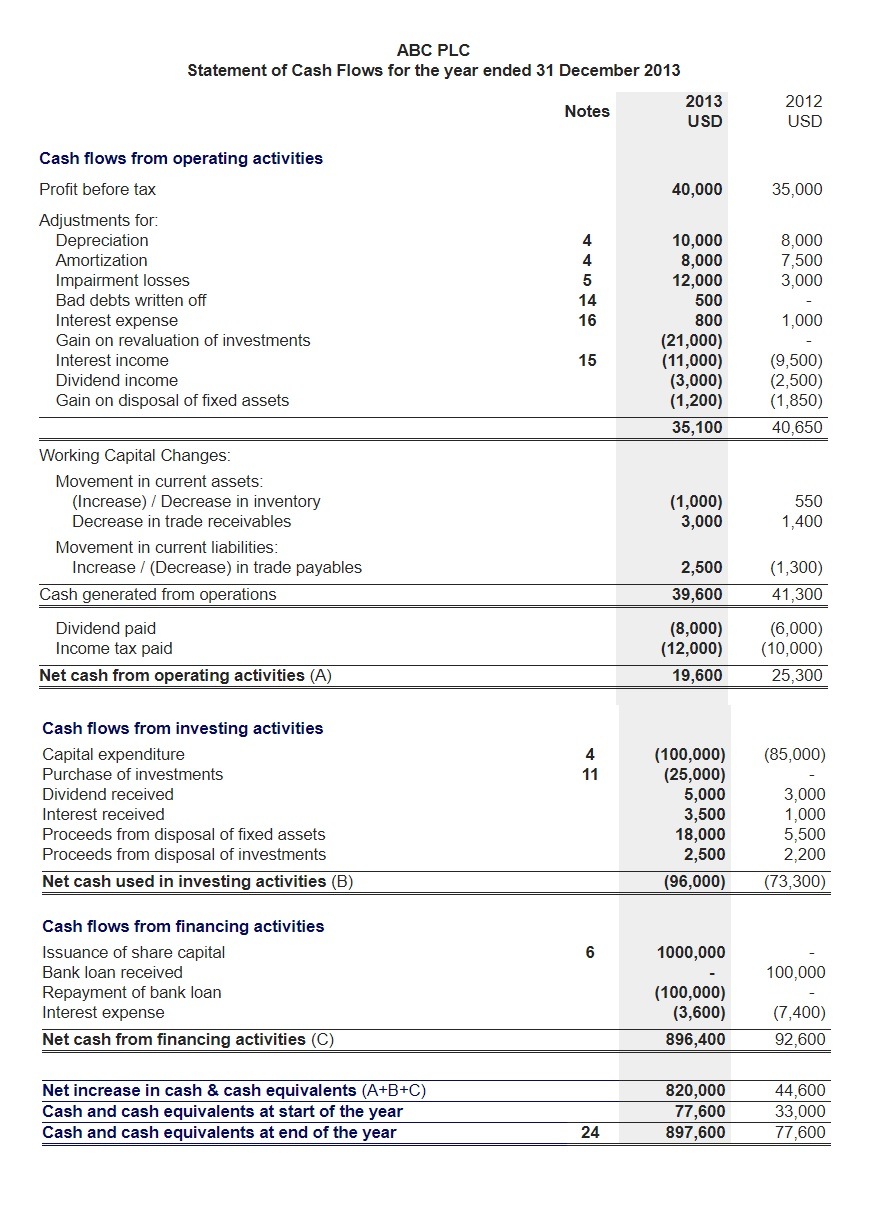
It provides insight into all the cash that enters and leaves the business through its operating, investing, and financing activities. The income statement reports the revenue and expenditure of a company during a specific period, while the balance sheet reports the assets, liabilities, and capital. The current ratio depicts how well a company can pay off its short-term obligations with its current assets. What this ratio reveals is how much of a company’s current liabilities can be covered by its current cash and short-term assets.
Short-Term Government Bonds
This method can be particularly appealing in a bullish market where the acquiring company’s stock is highly valued. This is the primary location where they are noted and they are listed as an asset. Held-to-maturity securities may be listed at cost, but this has become fairly uncommon. The CFS measures how well a company manages its cash position, meaning how well the company generates cash to pay its debt obligations and fund its operating expenses.
- For non-finance professionals, understanding the concepts behind a cash flow statement and other financial documents can be challenging.
- The investing section of the cash flow statement needs to be analyzed along with a firm’s other financial statements.
- As these technologies continue to develop, they will likely have profound implications for how marketable securities are issued, traded, and regulated.
- The CFS is distinct from the income statement and the balance sheet because it does not include the amount of future incoming and outgoing cash that has been recorded as revenues and expenses.
- These instruments are highly liquid assets that can be quickly converted into cash without significantly affecting their value.
What is the difference between direct and indirect cash flow statements?
In order to understand how discount and return are calculated, let us look at the illustration below.
Cash Flow Statement Direct Method
The manner in which the company reports the changes in the market price of these securities varies, but it affects several parts of the financial statements. Negative Cash Flow from investing activities means that a company is investing in capital assets. As the value of these assets increases, the amount of net Cash Flow available to the unfavorable variance definition company over time increases. It’s important to keep in mind that investing activities do not include any dividends paid, debts acquired, equity financing, and interest earned or paid. This section reconciles the net profit to net cash flow from operating activities by adjusting items on the income statement that are non-cash in nature.
All programs require the completion of a brief online enrollment form before payment. If you are new to HBS Online, you will be required to set up an account before enrolling in the program of your choice. We expect to offer our courses in additional languages in the future but, at this time, HBS Online can only be provided in English. If you’re an investor, this information can help you better understand whether you should invest in a company. If you’re a business owner or entrepreneur, it can help you understand business performance and adjust key initiatives or strategies. If you’re a manager, it can help you more effectively manage budgets, oversee your team, and develop closer relationships with leadership—ultimately allowing you to play a larger role within your organization.
The cash flow statement will not present the net income of a company for the accounting period as it does not include non-cash items which are considered by the income statement. Cash flow statements are one of the most critical financial documents that an organization prepares, offering valuable insight into the health of the business. By learning how to read a cash flow statement and other financial documents, you can acquire the financial accounting skills needed to make smarter business and investment decisions, regardless of your position.

This approach reflects the intent to sell these securities in the near term, providing a real-time view of their impact on earnings. For instance, a company holding trading securities would adjust their value at each reporting period, directly affecting net income. Cash flow from investing activities is important because it shows how a company is allocating cash for the long term. For instance, a company may invest in fixed assets such as property, plant, and equipment to grow the business. While this signals a negative cash flow from investing activities in the short term, it may help the company generate cash flow in the longer term. A company may also choose to invest cash in short-term marketable securities to help boost profit.
In accounting, investment activities refer to the purchase and sale of long-term assets and other business investments, within a specific reporting period. The results of a company’s reported investing activities give insights into its total investment gains and losses during a defined period. Dividends and interest income from marketable securities also have specific tax treatments. Dividends received from equity securities may be classified as qualified or non-qualified, each subject to different tax rates. Qualified dividends, which meet certain criteria set by tax authorities, are taxed at the lower capital gains rate, while non-qualified dividends are taxed at ordinary income rates.
As you can see there is a heavy focus on financial modeling, finance, Excel, business valuation, budgeting/forecasting, PowerPoint presentations, accounting and business strategy. Unfortunately, these companies will not have amazing ideas to plug the cash into a space to create outstanding returns. In the meantime, while looking for those opportunities, earning extra income on the spare cash makes sense.
In return for the use of their capital, the financial institution pays savers a fixed rate of interest. A CD is considered a very safe investment and is insured up to $250,000 when purchased at a federally-insured bank. Should the saver need their money, they may be able to break the CD contract by paying a fee or interest penalty. True to their name, they are considered equivalent to cash because they can be converted to actual cash quickly. A cash flow statement (CFS) is a financial statement that captures how much cash is generated and utilized by a company or business in a specific time period.
Companies often use their own marketable securities, such as shares of stock, to finance acquisitions. This approach can be advantageous as it preserves cash reserves and leverages the company’s equity to facilitate the transaction. For instance, a company might issue new shares to acquire another firm, thereby diluting existing shareholders but avoiding the need for substantial cash outflows.

